14 Incredible Spots & Smart Tips: best places to go to in tokyo japan (2025 Guide)
Tokyo is huge, layered, and wildly fun—and if you’re hunting for the best places to go to in tokyo japan, you’re in the right spot. Below you’ll find the crowd-pleasers (Senso-ji, Shibuya Crossing, Meiji Shrine), new-wave hits (teamLab Borderless at Azabudai Hills), foodie playgrounds (Tsukiji Outer Market), free viewpoints, calm gardens, subculture hubs, and easy day trips. I’ll keep things practical with hours, how to book, and local etiquette—so you can plan smarter, spend less time in lines, and more time exploring.
Quick take: Map hacks, transit, and first-timer tips
- Get an IC card for tap-and-go rides and small purchases. The Welcome Suica (tourist IC) is sold by JR East at airports and select stations; as of 2025, regular Suica/PASMO sales have resumed, but availability can fluctuate—Welcome Suica remains the easiest traveler option. Check current sales points and details on JR East.
- Observation decks book ahead (sunset sells out). For Tokyo Skytree, book online up to 30 days in advance. Shibuya Sky also uses timed tickets.
- Cash + cards: Tokyo’s very card-friendly now, but small ramen shops and retro bars can be cash-only; your IC card works at many kiosks.
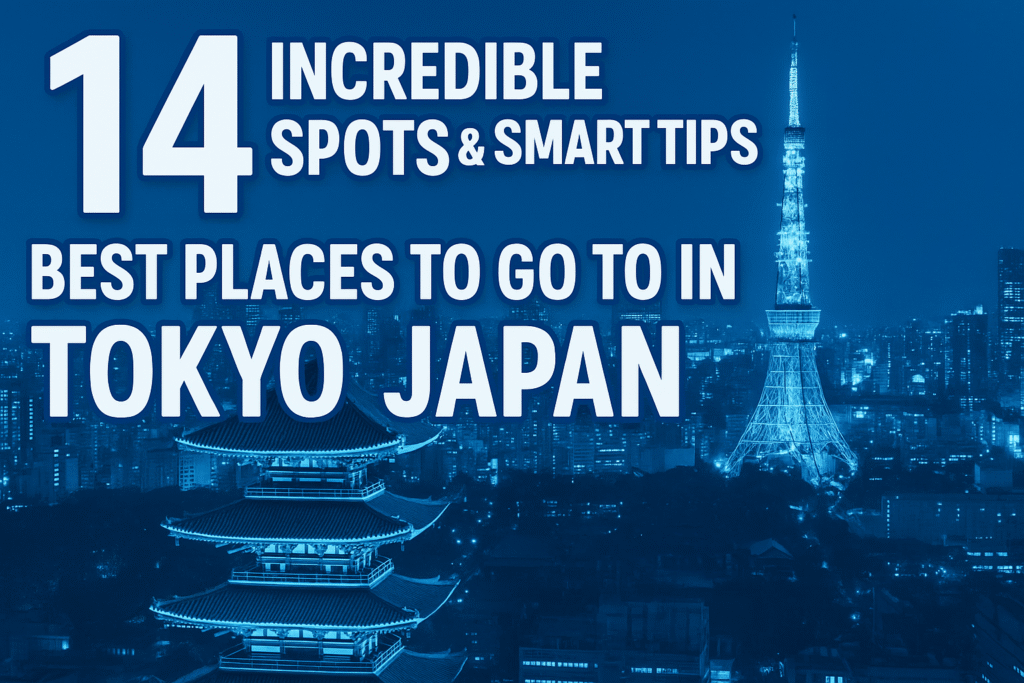
Asakusa & Senso-ji Temple
Senso-ji (Asakusa Kannon) is Tokyo’s oldest temple—iconic Kaminarimon Gate, the thunder lantern, and a five-story pagoda set the vibe. Walk Nakamise-dori, the historic snack-and-souvenir street, from the outer gate toward the main hall. It’s perfect for ningyoyaki (little sponge cakes) and senbei (rice crackers).
Pro tip: Pair Asakusa with a Sumida River cruise down to Hamarikyu or Odaiba. Boats run by Tokyo Cruise (Hotaluna/Himiko) offer skyline views with minimal effort.
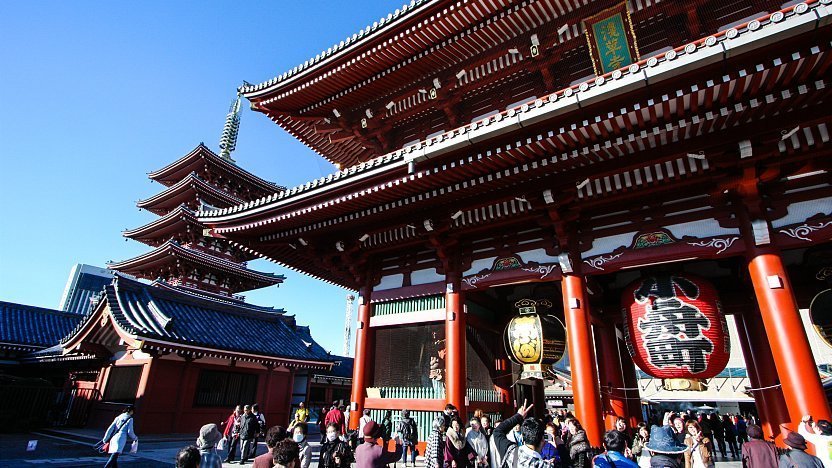
Harajuku → Meiji Shrine → Omotesando
Start in Meiji Jingu’s forested paths—calm, photogenic, and open daily from sunrise to sunset (exact opening varies by month).
Step out to Takeshita Street (Harajuku) for crepes, kawaii fashion, and teen street trends, then stroll Omotesando for cutting-edge architecture and flagship stores (Omotesando Hills by architect Tadao Ando is a highlight).
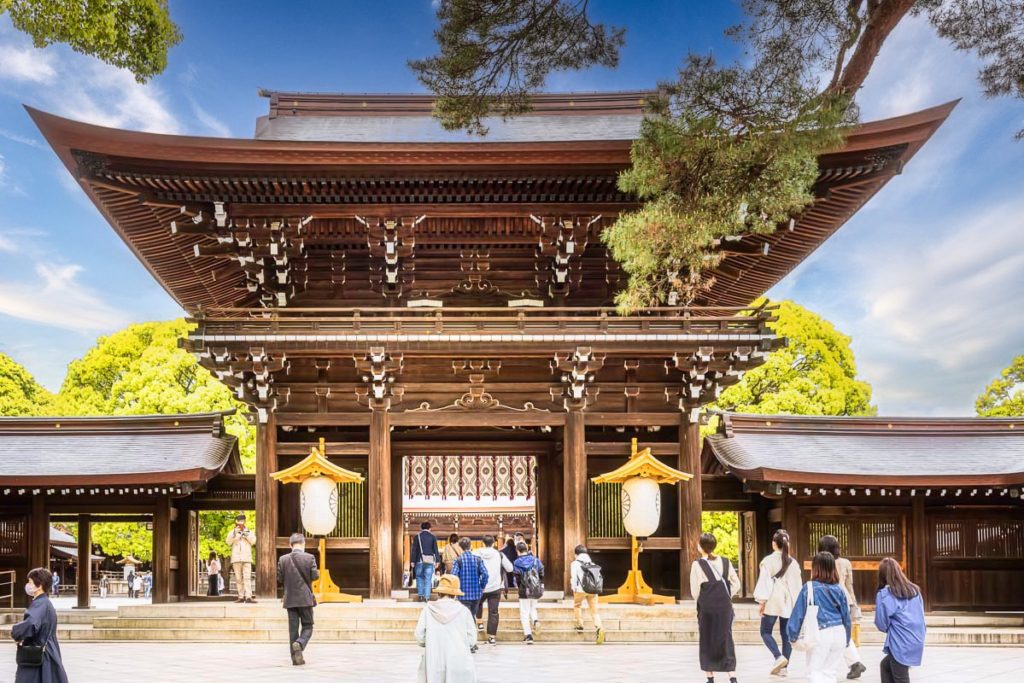
Shibuya’s energy: Crossing + sky-high views
Shibuya Crossing is the cinematic scramble you’ve seen in movies—heaviest foot traffic at evenings and weekends. The district has tightened rules during major events (e.g., Halloween, New Year) to keep crowds safe.
For views, ride up to Shibuya Sky (rooftop observatory) with timed tickets; standard hours run to ~10:30 p.m. (last entry ~9:20 p.m.; check date-specific notices).
Ueno Park & the museum mile
Ueno Park hosts major institutions—ideal on a rainy day or when you want culture in one compact area. Don’t miss the Tokyo National Museum (Japan’s oldest and largest museum; multiple galleries, extensive national treasures).
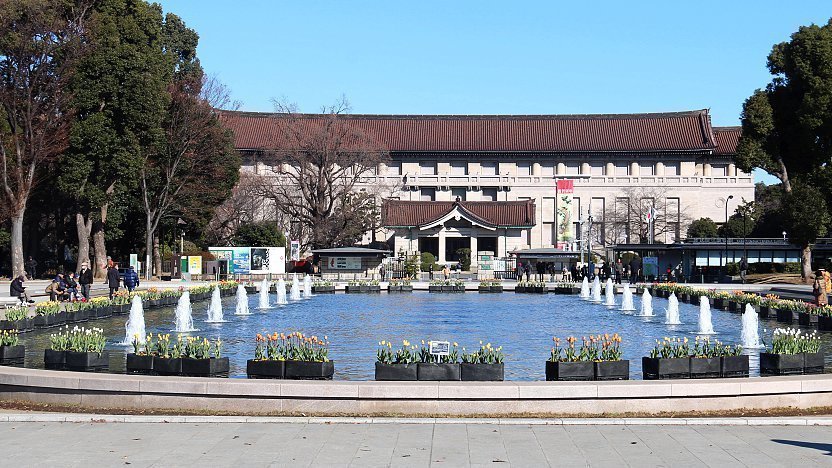
High views: Skytree, Tokyo Tower & a great freebie
- Tokyo Skytree: Book the Tembo Deck (350m) + Tembo Galleria (450m) combo online for the best price.
- Tokyo Tower: Retro-cool icon with extended hours (Main Deck generally 9:00–23:00).
- Free: Tokyo Metropolitan Government Building (Shinjuku) has free observatories; hours differ between North/South, so check the monthly calendar.
Night in Shinjuku: Omoide Yokocho & Golden Gai
- Omoide Yokocho (Memory Lane): post-war alleyways packed with tiny yakitori joints. It’s cozy, smoky, and extremely photogenic—mind the no-smoking rules in lanes and line etiquette.
- Golden Gai: a warren of 200–300 micro-bars, many with just a handful of seats and their own cover charges/house rules. Go solo or pairs; be respectful.
Foodie heaven: Tsukiji Outer Market & Toyosu Fish Market
- Tsukiji Outer Market lives on (after the wholesale move), with hundreds of stalls and small eateries. Many recommend visiting mid-morning; official info lists typical hours and closures.
- Toyosu Market: Tuna auction viewing is from designated observation areas; some decks require advance lottery/reservation.
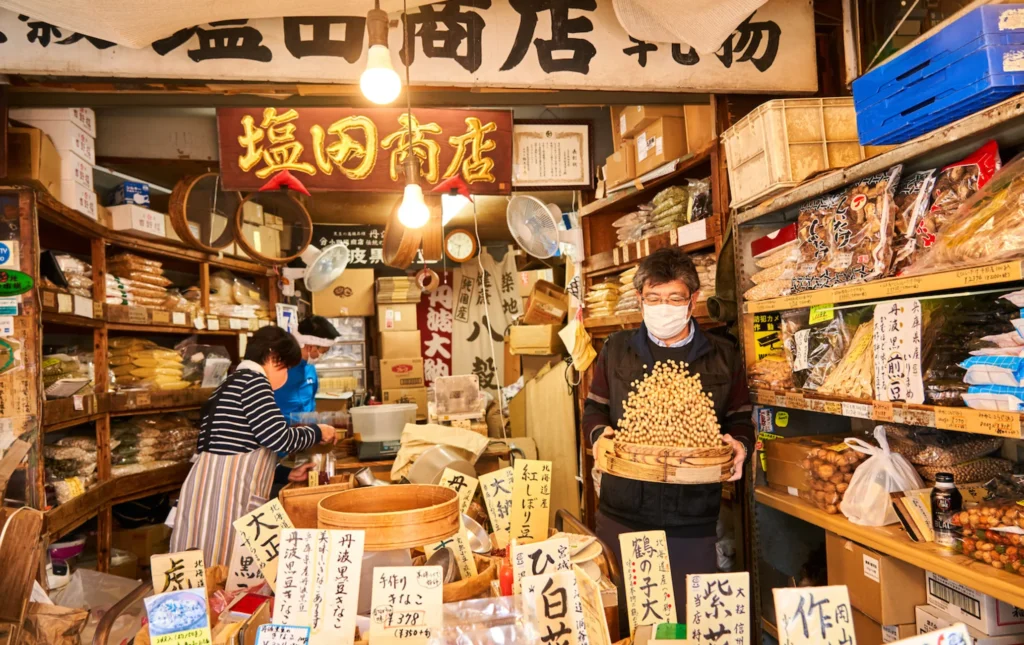
Pop culture & otaku shopping: Nakano Broadway + Pokémon
Skip the crush? Nakano Broadway is a calmer, nostalgia-heavy alternative to Akihabara—Mandarake stores, vintage toys, and rare manga.
Poké-fans: check Pokémon Center branches (Ikebukuro/MEGA TOKYO, Nihonbashi DX + Café, Skytree Town, Shibuya). See official shop list and hours.
Cutting-edge art: teamLab Borderless & teamLab Planets
- teamLab Borderless reopened in Azabudai Hills (Minato) in 2024—an immersive, map-less digital art world that flows room to room. Book timed tickets
- teamLab Planets (Toyosu) added major new zones (including an “Athletic Forest”) in Jan 2025; it’s now a longer, more interactive experience.
Calm green escapes: Shinjuku Gyoen & Hamarikyu Gardens
- Shinjuku Gyoen: a massive garden with seasonal blooms and a photogenic greenhouse; popular for cherry blossoms. Check official info for seasonal notes and entry.
- Hamarikyu Gardens: Edo-period tidal garden near the bay; easy to combine with a river cruise. Hours typically 9:00–17:00 (last entry 16:30); check seasonal updates
Neighborhood wanders: Daikanyama & Naka-Meguro
For boutique browsing, coffee, and architecture, stroll Daikanyama (think T-Site and indie labels) and Naka-Meguro (canalside cafés; cherry blossoms in spring). These two are great “no agenda” areas and often praised in style/editorial roundups for relaxed shopping and food-hopping.
Skyline walk + art combo: Shibuya to Omotesando
Bridge an afternoon from Shibuya Sky down through Cat Street to Omotesando Hills at dusk—architecture eye candy and people-watching all the way.
Historic day trips: Kawagoe & Kamakura
- Kawagoe (Little Edo): Kurazukuri warehouse streets, snack alleys, and the time bell tower—just north of Tokyo. Great for half a day.
- Kamakura: temples, surf-town vibes, and the Great Buddha; easy rail links and model routes available.
Your short list of the best places to go to in tokyo japan (by vibe)
- Temples & tradition: Senso-ji (Asakusa), Meiji Shrine.
- Big views: Skytree, Tokyo Tower, Shibuya Sky, Tokyo Metropolitan Government Building (free).
- Food markets: Tsukiji Outer Market; Toyosu tuna auction windows.
- Night alleys: Omoide Yokocho, Golden Gai.
- Art & tech: teamLab Borderless (Azabudai Hills), teamLab Planets (Toyosu).
Sample 3-day plan: Hit the best places to go to in tokyo japan without backtracking
Day 1 (Asakusa → Ueno):
Morning at Senso-ji and Nakamise; cruise to Hamarikyu; end at Ueno Park’s museums.
Day 2 (Harajuku → Shibuya → Omotesando):
Meiji Shrine stroll, Takeshita Street snacks, Omotesando architecture, sunset at Shibuya Sky, dinner in Shibuya.
Day 3 (Shinjuku → Odaiba/Toyosu or Asakusa):
Morning garden time at Shinjuku Gyoen; free city view at the TMG Building; choose teamLab Borderless (Azabudai) or Planets (Toyosu). Night cap: Omoide Yokocho or Golden Gai
Practical planning cheats
- Tickets that must be reserved: Ghibli Museum (advance-only; no same-day purchase at the museum) and teamLab (timed slots).
- Sunset strategy: Book Skytree/Skyscraper decks ~60–90 minutes before sunset for golden hour and blue hour. (Skytree advance booking up to 30 days helps.)
- IC cards 2025 reality: You can again buy regular Suica/PASMO, but visitors still find Welcome Suica straightforward at JR East service centers and airports—always check current notices for stock.
FAQs
1) How many days do I need in Tokyo?
Three full days covers highlights; five to seven days lets you add Nakano Broadway, gardens, and a day trip to Kamakura or Kawagoe.
2) Do I need cash?
Cards are widely accepted, but carry some yen for small eateries, mom-and-pop shops, and cover charges in micro-bars. Your IC card (Welcome Suica/PASMO) can handle convenience stores and vending machines.
3) Is Shibuya Crossing worth it or just hype?
It’s popular for a reason—it’s the city’s people-watching postcard. Go evenings for the full effect; note crowd-control rules during Halloween/New Year periods.
4) Which observation deck should I pick?
For height: Skytree (450m). For retro charm: Tokyo Tower. For rooftop vibes in the action: Shibuya Sky. For free: Tokyo Metropolitan Government Building.
5) Where should I eat near the markets?
At Tsukiji Outer Market, graze: tamagoyaki, grilled scallops, onigiri, and more. At Toyosu, plan an early auction viewing, then breakfast. (Some access requires advance application.)
6) How do I get Ghibli Museum tickets?
They’re advance reservation only—no tickets sold onsite. Plan ahead online or via partners.
What to skip (or time carefully)
- Golden Gai in big groups: most bars are tiny and may have a seat charge—go in twos, order a drink, be friendly.
- Peak-hour Shibuya Sky or Skytree without a booking: sunset slots sell out—reserve early.
Respect and etiquette (quick hits)
- At shrines like Meiji Jingu, keep voices low; cleanse hands at the temizusha before praying.
- In Omoide Yokocho/Golden Gai, follow house rules, don’t block alleyways, and accept that photography may be restricted.
Final thoughts
Now you’ve got a confident plan—from temples and neon to gardens and galleries—to experience the best places to go to in tokyo japan your way. Mix a couple of blockbuster sights with a few low-key neighborhood strolls, book the must-reserve spots, and let the city’s energy do the rest. For official event updates and neighborhood ideas, the Tokyo tourism site is a great companion as you finalize your itinerary.
you may also like : Top 10 Best Places To Visit In South America






